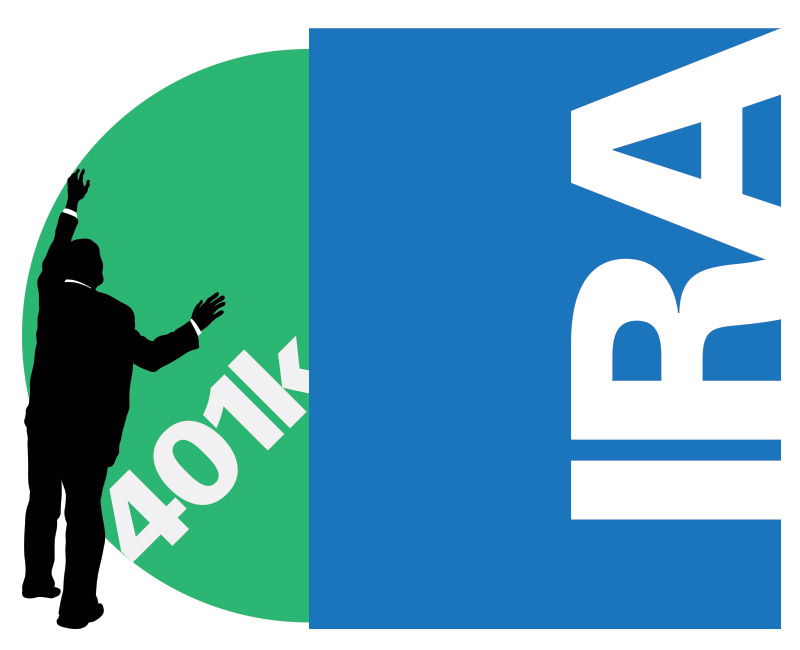Will it apply to your retirement savings distribution?
If you receive a distribution from your IRA or workplace retirement plan, what will you do with it? You will probably want to arrange an IRA rollover – a common and useful financial move designed to take these invested assets from one retirement account to another, without tax consequences. The I.R.S. may give you just 60 days to do it, however.
The clock starts ticking on the day you receive the distribution. If assets from your employee retirement plan account or your IRA are paid directly to you, you have 60 calendar days to transfer those funds into an IRA or workplace retirement plan. If you fail to do that, the I.R.S. will characterize the entire distribution as taxable income. (It may also tack on a 10% early withdrawal penalty if you take possession of such funds before age 59½.)1
Your goal is to make this indirect rollover by the deadline. It is called an indirect rollover because its mechanics can be a bit involved. If the assets are coming out of an employee retirement plan, your employer may withhold 20% of them in accordance with tax laws. Unfortunately, you do not have the option of depositing only 80% of the distribution into an IRA or another employee retirement plan – you must deposit 100% of it by the deadline. You have to come up with the remaining 20%, yourself, from your own savings. The withheld 20% should be returned to you at tax time if the rollover completes smoothly.2
Can you make multiple IRA rollovers using funds from a single IRA? You can, but the I.R.S. says the rollovers must occur at least 12 months apart. Additionally, the I.R.S. prohibits you from making a rollover out of the “new” IRA that receives the transferred assets for a year following that transfer.1
This 12-month limit does not apply to every kind of retirement plan rollover. Trustee-to-trustee transfers, where the investment company (acting as custodian of your IRA or retirement plan account) simply sends a check for the assets to the brokerage firm that will eventually receive them, are exempt from the 60-day deadline. So are rollovers between workplace retirement plans, IRA-to-plan rollovers, and plan-to-IRA rollovers. If you are converting a traditional IRA to a Roth IRA, the 60-day rule is also irrelevant.1,2
Some retirement savers simply opt for a trustee-to-trustee transfer – a direct rollover – rather than an indirect one. A direct rollover of retirement assets is routine, and it can be coordinated with the help of a financial professional. If you do prefer to perform an indirect rollover on your own, be mindful of the 60-day rule and the potential ramifications of missing the deadline.
This material was prepared by MarketingPro, Inc., and does not necessarily represent the views of the presenting party, nor their affiliates. This information has been derived from sources believed to be accurate. Please note – investing involves risk, and past performance is no guarantee of future results. The publisher is not engaged in rendering legal, accounting or other professional services. If assistance is needed, the reader is advised to engage the services of a competent professional. This information should not be construed as investment, tax or legal advice and may not be relied on for the purpose of avoiding any Federal tax penalty. This is neither a solicitation nor recommendation to purchase or sell any investment or insurance product or service, and should not be relied upon as such. All indices are unmanaged and are not illustrative of any particular investment.
Citations.
1 – irs.gov/retirement-plans/plan-participant-employee/rollovers-of-retirement-plan-and-ira-distributions [2/8/17]
2 – fool.com/retirement/2017/03/08/what-to-do-with-your-old-401k-when-switching-jobs.aspx [3/8/17]

